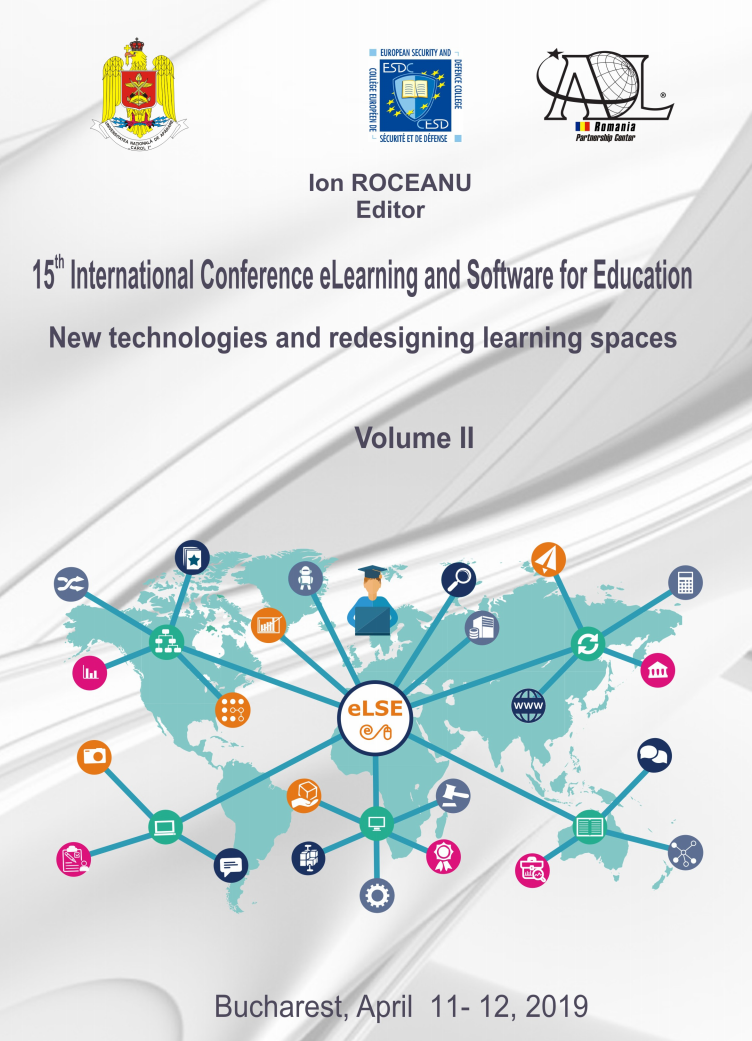
B-Learning, the Best Way to Teach Ecodesign
In recent years, the possibility to deal with ecodesign challenges, the learning methods used in the academic field have started to play a crucial role in preparing today's students - tomorrow's designers. Ecodesign should not be limited university-level core courses and potential problems that might appear in using the ecological design methods and tools. To achieve maximum efficiency in ecodesign instruction, it is necessary to create a framework that allows the mixing of traditional face-to-face and online education methods, ie, blended learning (b-learning). The purpose of this research is to investigate pros and cons of blended learning over face-to-face classroom teaching or online learning from the students’ perspective. The present study was conducted for a target group of Master students which studied Ecodesign for a semester. The paper is structured into two fundamental parts: Part1 describes teaching and learning methods (TLM) in higher education (HE); Part 2 examines the best practices instructional strategies for use of b-learning (setting the stages, ensuring responsibility for online activities, use of a highly structured, active learning format, short reviews of online material during class, collection and use of student feedback on quality and standards of learning etc.). The asynchronous or synchronous learning or a combination of the two are only possible if the professor offers innovative learning methods in the field of ecodesign. Ecodesign course based on b-learning was designed to provide opportunity for integrating the learning management system “Moodle” with face-to-face interaction. In order to test the effectiveness of a b-learning method for teaching and learning ecodesign, at the end of the teaching period, each student was asked to fill out a survey with questions on the benefits and limitations of this method for learning. The present survey revealed that blended learning is more favorable than e-learning and provides many benefits for students like interactive educational experience, flexibility of connecting to more information and accessing them at any time, optimizing learning time and individualization of learning. Based on the case studies presented here, the students were encouraged to develop their own practical projects, which will motivate other students. Future research will be focused on the enhancement of the b-learning method in the classroom through workshops, problem-solving sessions, multiple case studies, demonstration projects and more surveys (paper or online).
More...